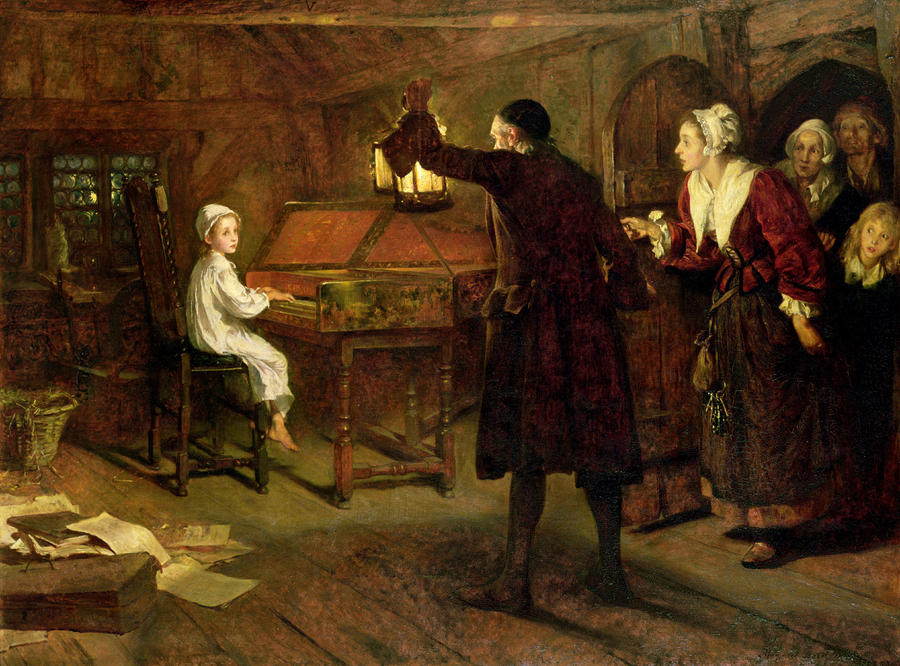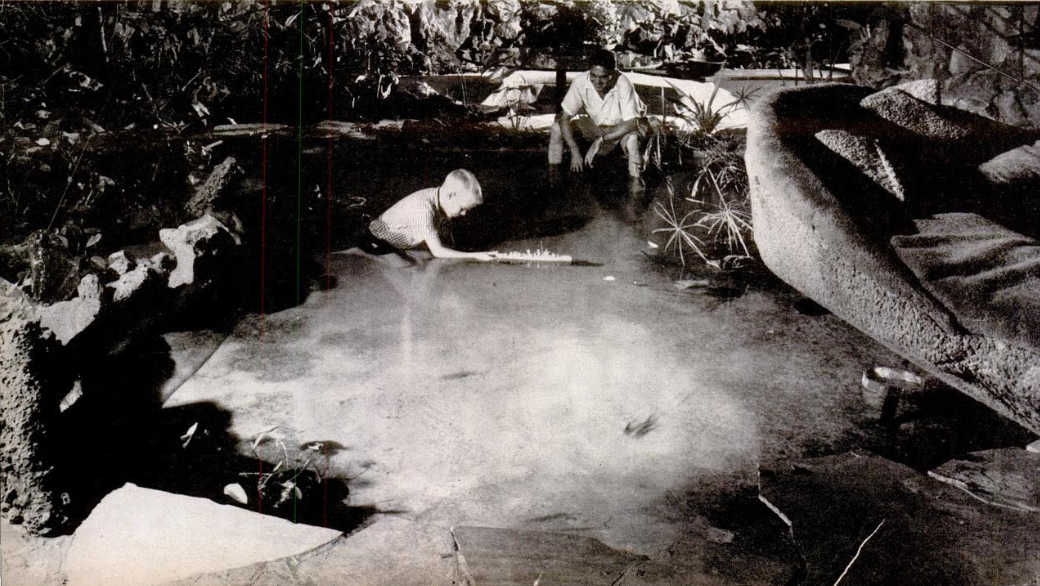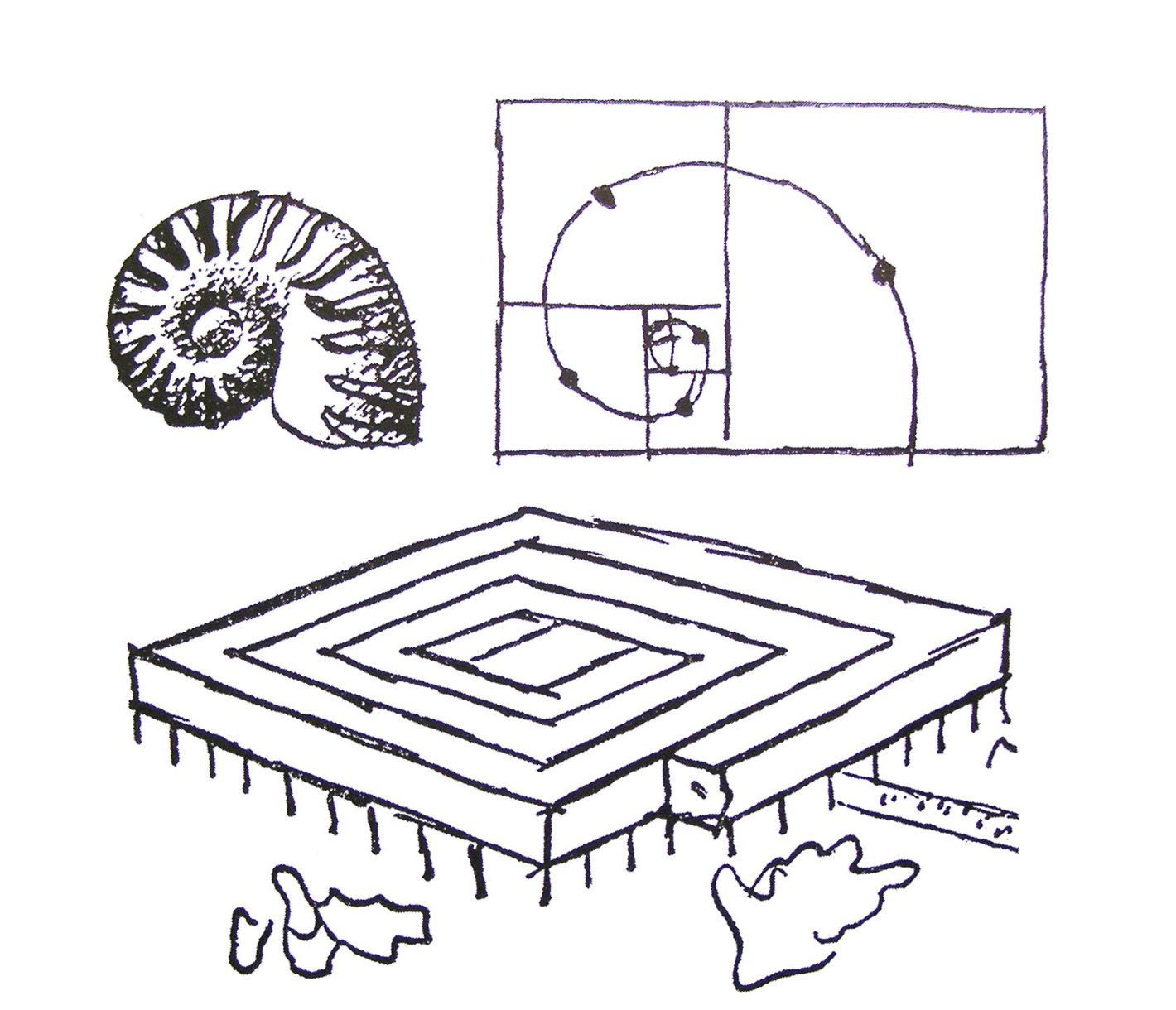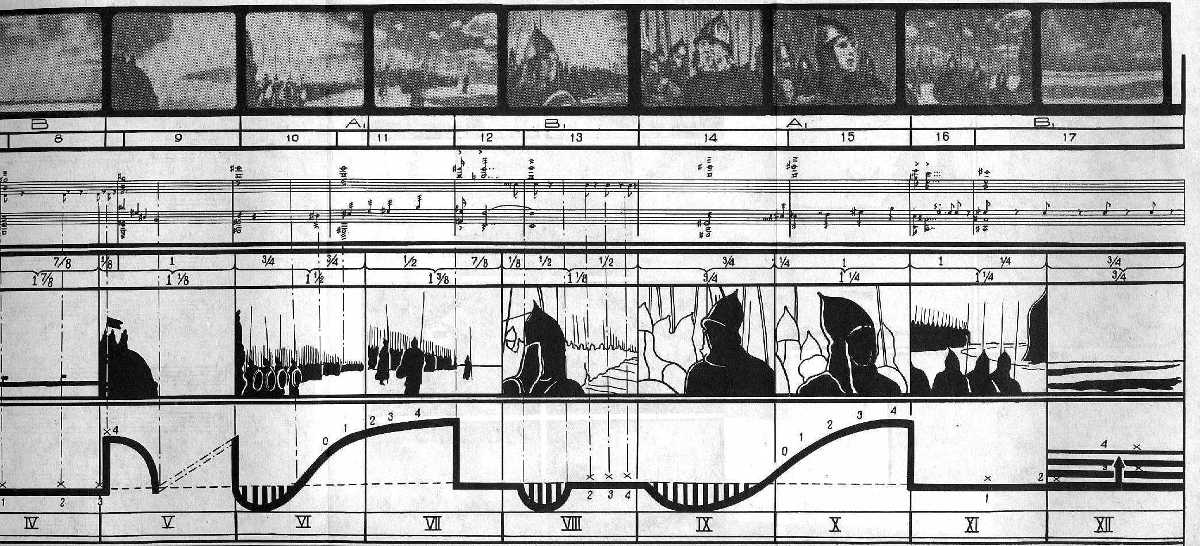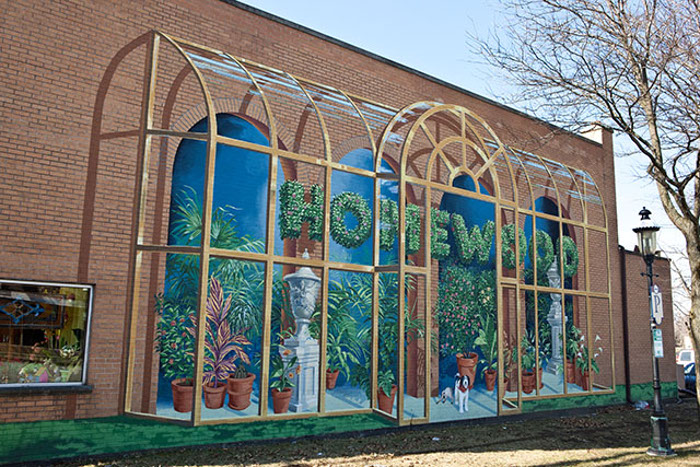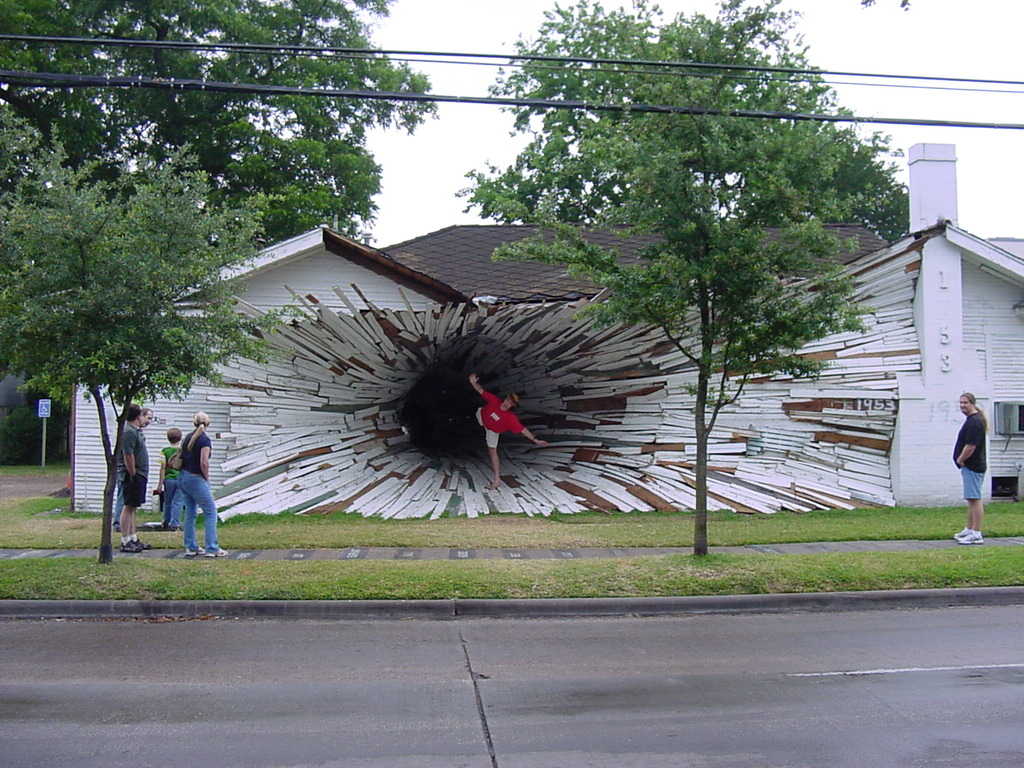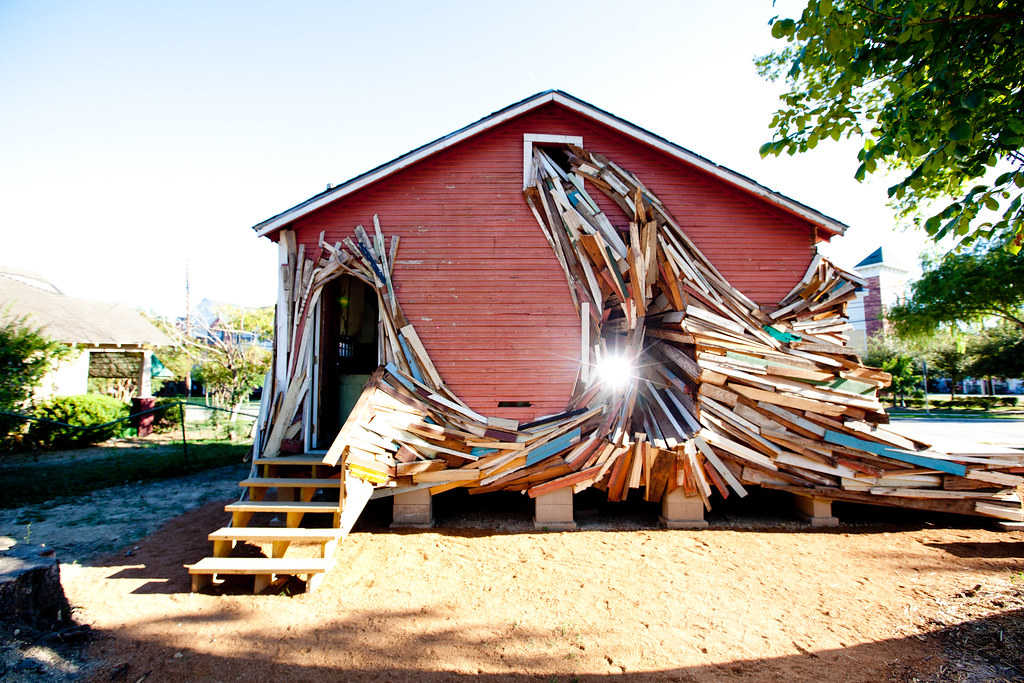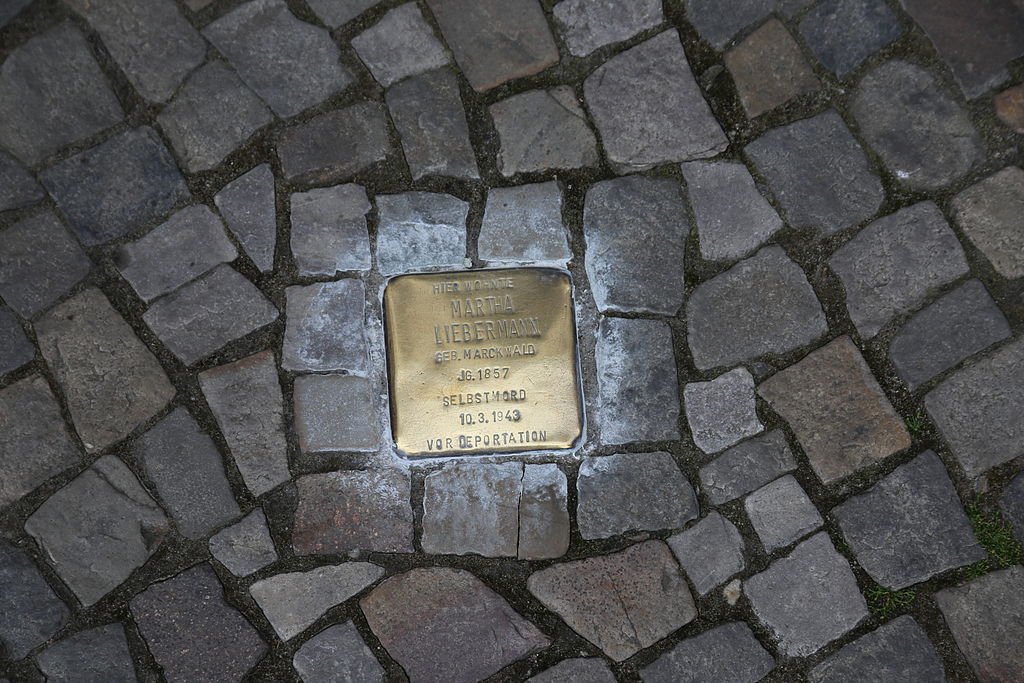Swedish graffiti artist Daniel Fahlström makes trompe l’oeil murals of mylar balloon letters — there are no balloons, just the two-dimensional painted surface, but the effect is stunningly deceiving.
“I’ve seen a lot of reactions from people, and the funniest one was when this old lady that wasn’t wearing her glasses, she was trying to go up and touch the balloons,” he told Business Insider. “That’s good if they think that’s real balloons. That’s my mission, to make them believe that.”


